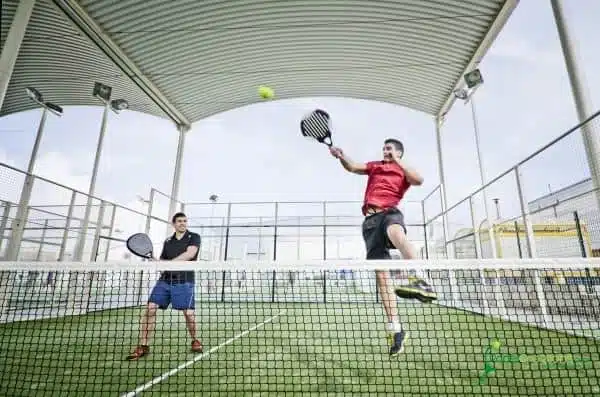

The Cost of Padel An Insight into Manufacturing and Pricing
Padel, a racquet sport that has gained remarkable popularity across the globe, is often celebrated for its accessibility and engaging gameplay. As this sport continues to attract enthusiasts, understanding the costs associated with padel equipment—particularly padel rackets—becomes essential for both players and manufacturers alike. This article explores the factors influencing padel costs, including the impact of manufacturing processes, material choices, and market dynamics.
Manufacturing Overview
The manufacturing of padel rackets involves a multi-step process that significantly influences the final price. Primarily, the cost of raw materials is a crucial determinant. Most high-quality padel rackets are made using advanced materials like carbon fiber, fiberglass, and EVA foam. Carbon fiber, known for its durability and lightweight properties, has become a preferred choice for premium rackets. However, materials of this caliber come at a higher cost, which ultimately affects the retail price of the racket.
Besides raw materials, labor costs also play a vital role in the overall cost structure. Countries that are renowned for their sporting equipment manufacturing, such as Spain and Argentina, feature labor costs that can vary significantly. Manufacturers may opt to relocate production to countries with lower labor costs, but this can sometimes lead to a trade-off in quality and craftsmanship.
Design and Technology
The design and technology incorporated into padel rackets are also pivotal in determining their price. Rackets that feature innovative technologies—such as shock-absorbing systems, aerodynamic shapes, and personalized grips—often command higher prices due to the research and development involved. Brands invest heavily in technological advancements to enhance player performance and comfort. As a result, consumers can expect to pay a premium for rackets that provide these advanced features.

Furthermore, branding exerts a significant impact on pricing. Established brands with a strong reputation in the sports industry often price their products higher due to brand loyalty and perceived value. Conversely, lesser-known manufacturers may offer more competitively priced options to penetrate the market. Players looking for budget-friendly choices can find an array of affordable rackets, albeit with potentially fewer advanced features.
Market Dynamics
The dynamic nature of supply and demand in the padel market significantly influences the costs of rackets. As the sport grows in popularity, the demand for quality equipment increases. Manufacturers respond by scaling production, which can lead to economies of scale that potentially lower prices. However, during peak seasons—such as leading up to major tournaments—prices may rise due to increased demand and limited stock.
Moreover, the competitive landscape adds another layer to the pricing structure. With numerous brands vying for market share, companies are compelled to innovate and create unique selling propositions. This drive for differentiation often leads to higher price points for cutting-edge products.
Conclusion
In conclusion, the cost of padel equipment, particularly rackets, is influenced by a variety of interconnected factors—including raw material costs, labor expenses, technological innovations, branding, and market dynamics. As players become increasingly discerning in their choices, manufacturers will need to balance quality and affordability to cater to a diverse audience.
For enthusiasts looking to invest in padel gear, understanding these variables can aid in making informed choices, whether seeking a budget-friendly option or a top-of-the-line racket. As the sport continues to evolve, so too will the manufacturing processes and pricing strategies surrounding padel equipment, ensuring that players have access to both innovation and performance on the court.
High-Performance Industrial Flooring Solutions China Paddle Tennis Court for Sale
High-Performance Industrial Flooring Solutions Durable & Cost-Effective
Homogeneous Transparent Floor – Durable & Stylish Rubber Floor Solutions
Premium Homogeneous Transparent Floor for Durable & Stylish Spaces Rubber Floor Solutions
Premium Sports Floor Solutions Durable PVC Sports Floor & Rubber Floor for Gyms
Durable Rubber Composite Floor Premium Rubber Floor & Mats Solutions